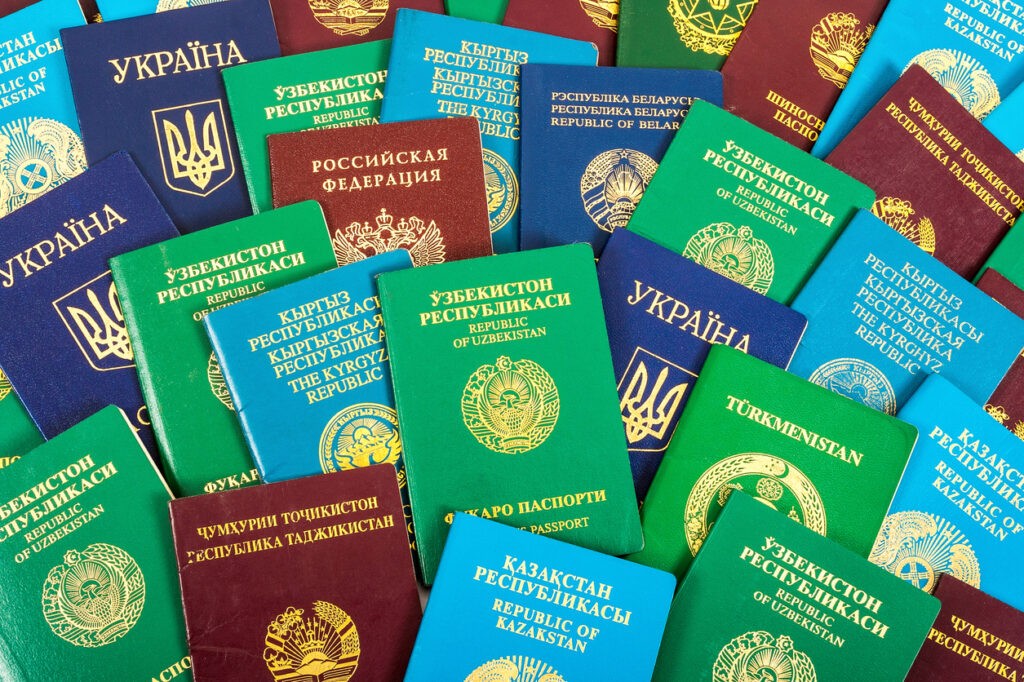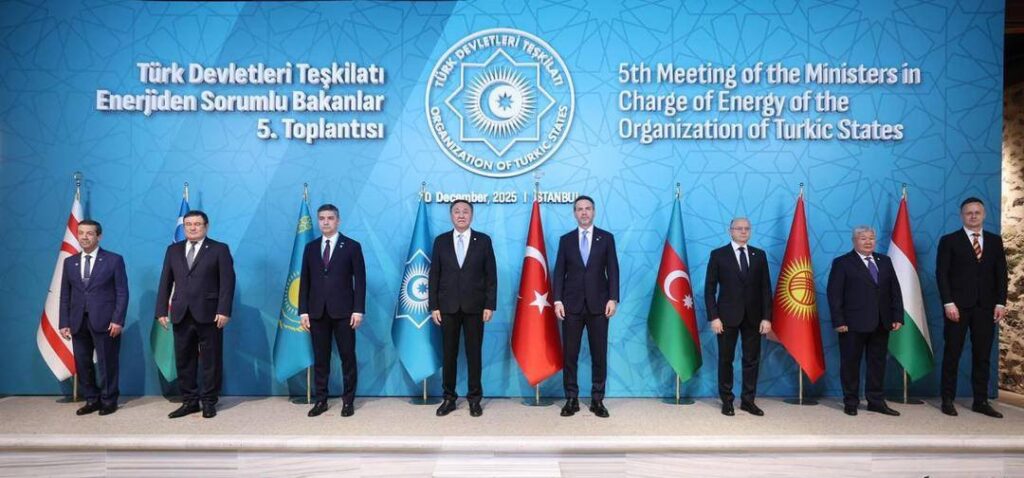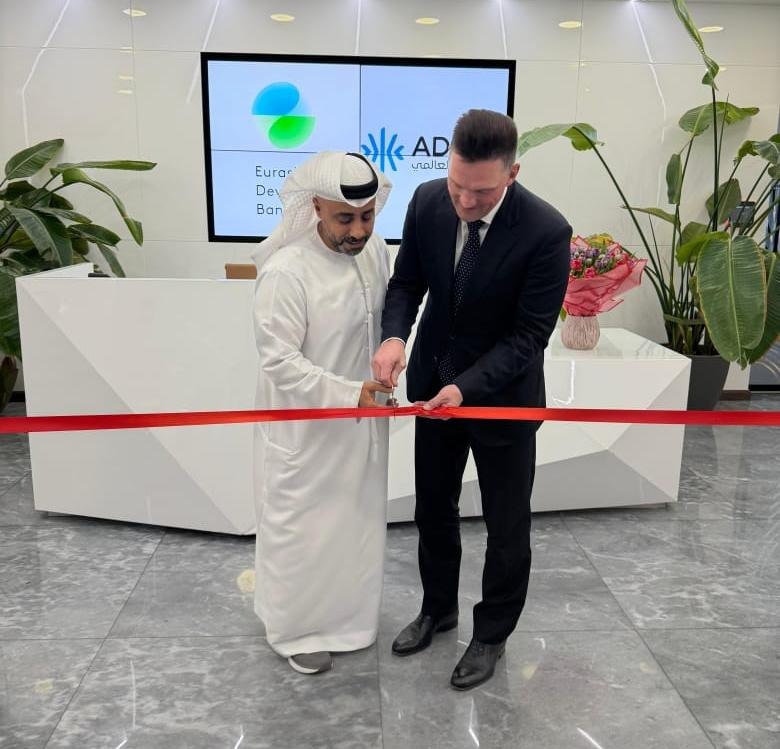U.S. Eases Restrictions on Entry of Turkmenistan Nationals
The United States has lifted a suspension on the entry of citizens of Turkmenistan with nonimmigrant visas into the U.S. The suspension had been imposed under an order signed in June by President Donald Trump that banned or curbed the entry of nationals from 19 countries. On Tuesday, Trump issued another order that expanded entry restrictions on people from countries deemed to have what the White House called “demonstrated, persistent, and severe deficiencies” in screening and vetting. However, in contrast to other countries that were mentioned, the new order had good things to say about Turkmenistan, one of the most isolated, tightly controlled countries in the world. Since the suspension announced in June, “Turkmenistan has engaged productively with the United States and demonstrated significant progress in improving its identity-management and information-sharing procedures,” the new order said. “The suspension of entry into the United States of nationals of Turkmenistan as nonimmigrants on B-1, B-2, B-1/B-2, F, M, and J visas is lifted. Because some concerns remain, the entry into the United States of nationals of Turkmenistan as immigrants remains suspended.” B-1 (business) and B-2 (tourism) refer to non-immigrant visas for people who want to stay temporarily in the U.S. F, M, and J visas are for non-immigrant visas used by students and other visitors enrolled in exchange programs. Relatively few people from Turkmenistan seek entry into the United States, possibly because of the tight controls on emigration in their own country. President Serdar Berdymuhamedov joined other leaders from Central Asia for a summit with Trump in Washington in November.






